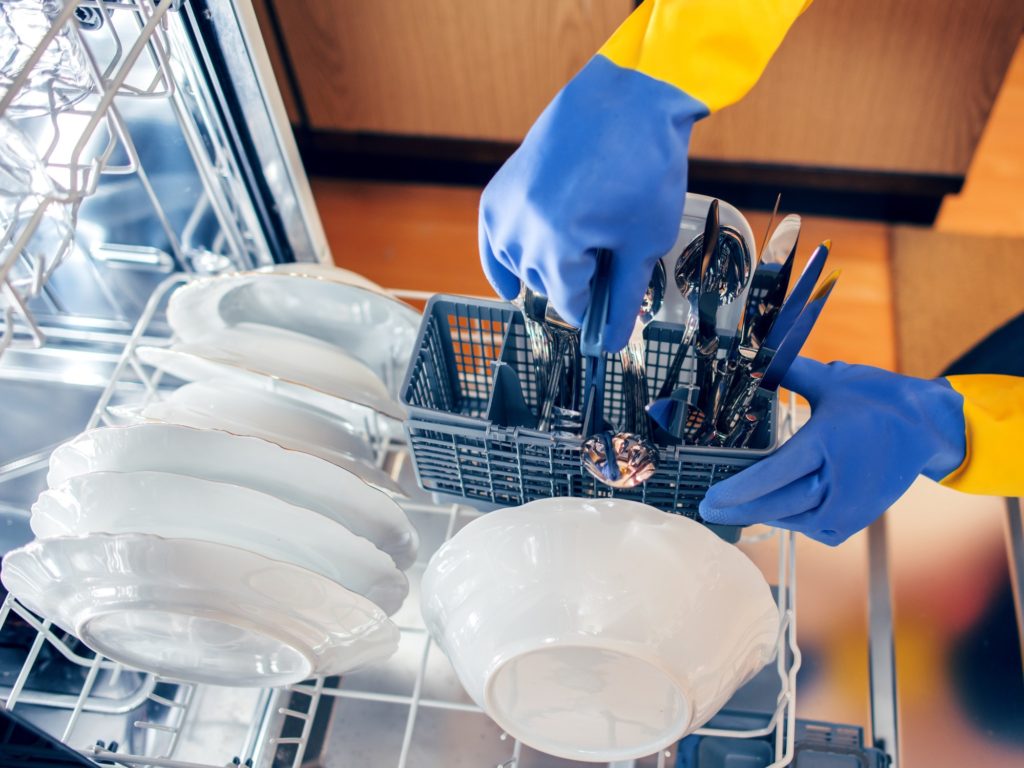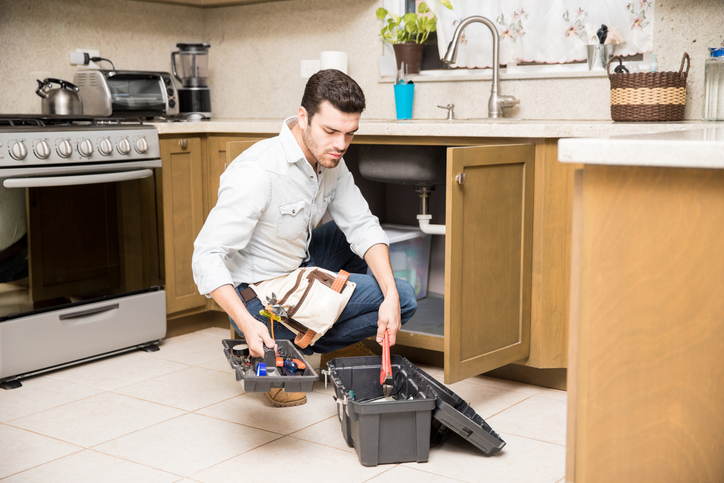We rely on home Appliance to make our lives easier, more comfortable, and more enjoyable. But in order to help us fulfill everyday household needs like washing clothes, cooking meals, and keeping our homes clean, they need a little TLC every now and then in order to perform at their best.

Read on to learn how to maintain some of the most used appliances in your home, extend their lifespan, and avoid costly repairs or replacements.
Clean Refrigerator Coils
Refrigerator coils, found either under the fridge or on it’s back side, are responsible for cooling and condensing the refrigerant. When they become coated with dust, dirt, pet hair, and other debris, they lose their ability to release heat, forcing the condenser to work harder to cool the interior of the appliance. Vacuum the coils once a year using the soft brush attachment on your vacuum cleaner.
Don’t Overload the Washing Machine
Stuffing the washing machine full forces the motor to work harder. On the other hand, running partial loads not only wastes energy but can throw the machine off balance, putting a strain on its drive. Run full, but not too-full loads.
De-lint the Dryer
A clogged dryer vent forces the appliance to work harder, straining its motor, shortening its lifespan, and spiking utility costs. What’s more, a build-up of lint creates a fire hazard. One to two times a year, pull the dryer away from the wall, disconnect the vent, remove any lint from the vent and hose, then reconnect it.
Clean Your Dishwasher Filter
Did you know your dishwasher has a filter at the bottom that should be cleaned once every 6 months? Failing to do so can result in lingering odors, cloudy glassware, and less efficient operation. Slide the bottom rack out to expose the filter, turn it counterclockwise and remove it. Rinse the filter in the sink and reinstall it. How simple is that?
Demineralize the Coffee Maker
Over time, minerals from hard water can create scaling that clogs the coffee maker, making the stream of coffee barely a trickle. To clear the scale away, pour full strength vinegar into the reservoir, turn the coffee maker on, and allow it to run through a full cycle. Once complete, fill it with water and run another cycle to flush out the vinegar.
Flush Your Water Heater
Sediment is the enemy of your water heater. Over time, it can build up on the bottom of the tank, making the water heater work harder and shortening its lifespan. To help prevent this, flush the water heater every 6 months or so and replace the anode rode that collects sediment every 2 to 5 years.
And who better to help ensure you have a steady, dependable supply of hot water than Norhio Plumbing. From water heater maintenance and repair, to new system installation, we do it all and to your complete satisfaction. Contact us today for any plumbing need.









Leave a Reply